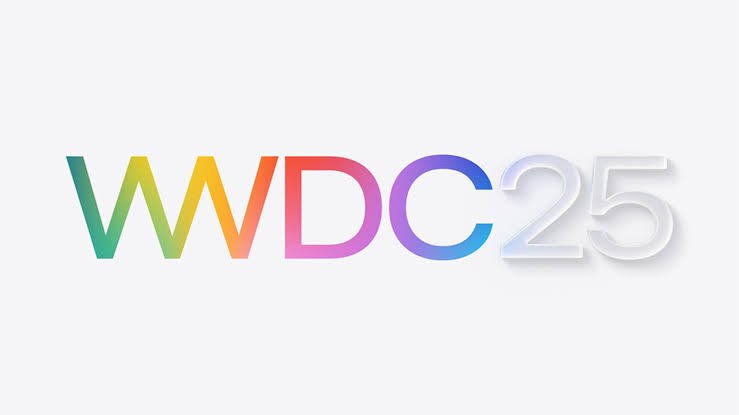Apple may be about to take a bold step in how it names its iOS updates, and this change could start as soon as WWDC 2025. Instead of unveiling iOS 19, which most people expected, the company is rumored to be skipping ahead to iOS 26. This unusual move would mark a big shift from Apple’s usual way of naming its mobile operating system versions, and it has already sparked conversations across the tech world.
For years, Apple has followed a simple and predictable pattern. Each year, the iOS version goes up by one. After iOS 15 came iOS 16, then 17, and the next would be iOS 18 in 2024. Naturally, the next expected version after that would be iOS 19 in 2025. But reports now suggest that Apple wants to shake things up. According to multiple sources familiar with Apple’s internal planning, the company may switch to a year-based naming system, meaning the version launched in 2025 would be called iOS 26 — aligning the number with the upcoming year, 2026.
So, why make such a change? Some experts believe Apple wants to make things simpler for everyday users. It’s easy to forget what version number your phone is on, especially if the number doesn’t seem to relate to anything. But if the version number matches the year or the year ahead — similar to how car models are named — it might be easier for people to understand when a version was released or which one they should be on. For example, if you buy a new iPhone in 2025 and it says “iOS 26,” you’d know it’s the version for that general time period. This could reduce confusion and help people feel more up to date.
Another possible reason is marketing. A higher number often feels more modern and advanced, even if the changes under the hood are subtle. Saying “iOS 26” might simply sound more impressive than “iOS 19,” especially when compared to competitors who already use high numbers in their versioning, like Android. While Apple is known for putting product quality before marketing gimmicks, they also know the power of perception. A fresh naming system might make iOS seem like it’s taking a bigger leap forward, especially in a year where big new features might be coming.
What makes this rumor even more believable is that Apple has done similar things before. In the past, it has changed naming patterns when it made sense. macOS, for example, used to have version numbers like 10.15, but Apple eventually moved to macOS 11 and beyond, even though the changes weren’t as massive as the jump in number suggested. The company also has a habit of aligning its software updates with the bigger picture — its hardware, ecosystem, and the way it presents itself to users. If a change in naming helps Apple tell a clearer or more modern story, they’re likely to go for it.
Still, this move isn’t confirmed yet. Apple is known for keeping its secrets tight until official announcements. But the rumors are gaining weight, especially with some developers reportedly finding references to “iOS 26” in early testing builds. Whether this is a placeholder or a real sign of the future remains to be seen. That said, if it does happen, it would certainly be one of the biggest cosmetic changes to iOS in years — not in how it works, but in how it’s presented.
Of course, the name alone doesn’t tell the whole story. What people really care about is what’s inside the update. Rumors suggest that iOS 26, or whatever it ends up being called, will include even deeper integration with Apple’s AI features, better personalization tools, and stronger privacy controls. With AI becoming more central to Apple’s strategy, we could see major upgrades to Siri, smarter automation across apps, and better use of on-device learning to customize the user experience. And as always, new updates to Messages, Photos, and Health apps are expected.
For developers, a shift to a year-based system could also have benefits. It might make it easier to support devices and plan app updates if the naming system aligns more clearly with the release timeline. It can also help with managing support cycles — developers could more easily explain which app versions support which OS updates, simply by using the year or the matching number. This could bring a little more clarity to a sometimes confusing landscape of updates and compatibility questions.
Still, some long-time fans of Apple might find the jump a bit strange. Skipping from iOS 18 straight to iOS 26 is a big leap, and some might wonder what happened to versions 19 through 25. But in the end, most users don’t focus too much on version numbers — they care more about how their phone works, what new features are available, and whether their device still feels fresh and fast. If Apple can deliver on that, then the number on the label might not matter much at all.
As we get closer to WWDC 2025, all eyes will be on Apple to see what they announce. Whether or not iOS 26 is the official name, one thing is clear — the company is thinking ahead. Apple has always tried to balance simplicity, innovation, and elegance in everything it does. A shift in naming might seem small, but it could reflect a larger strategy to make its software even more user-friendly and future-ready.
Until then, we’ll have to wait and see. But if the rumors are true, 2025 could mark the beginning of a new chapter for iOS — not just in what it does, but in how we talk about it.

